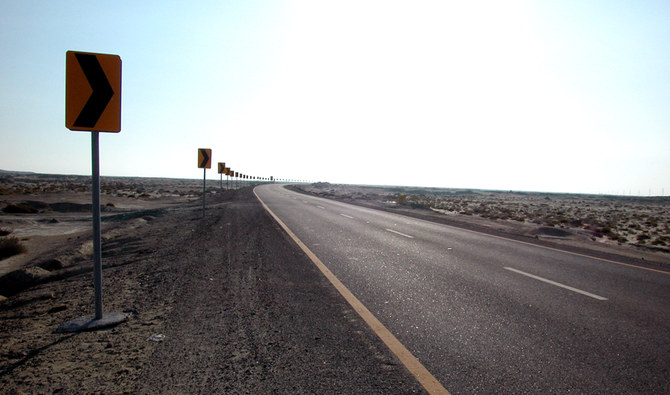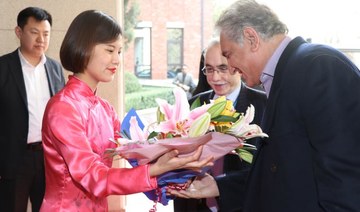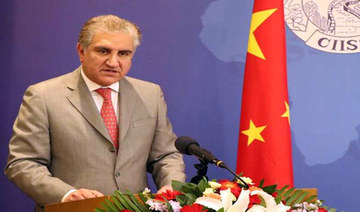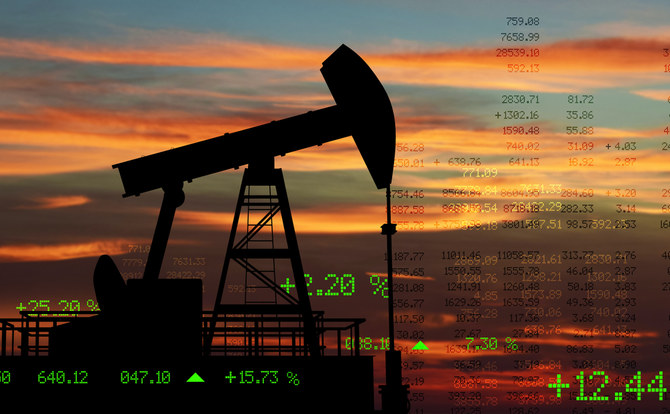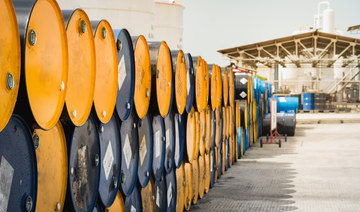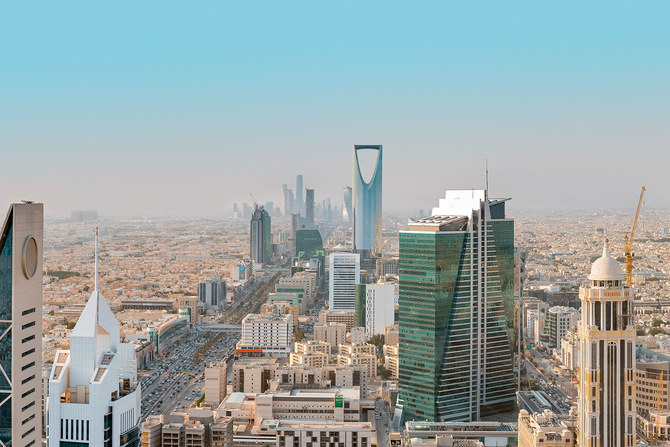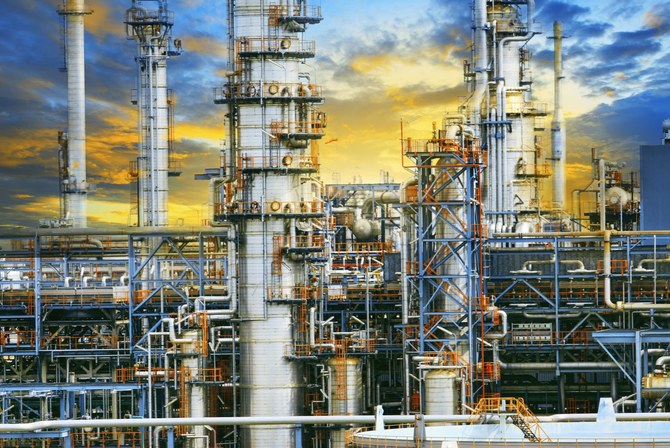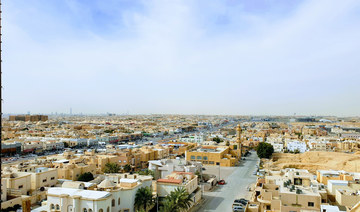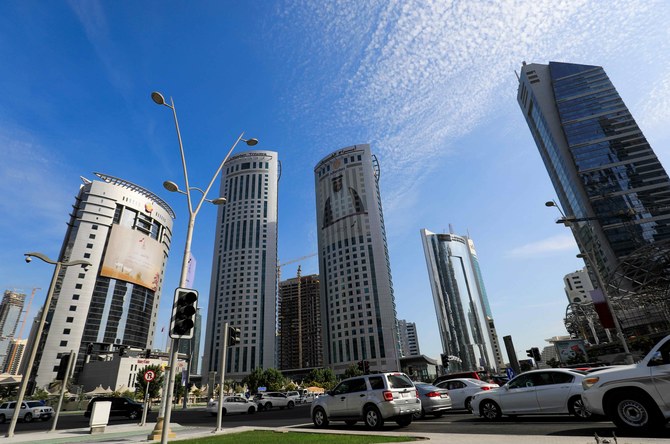ISLAMABAD: Pakistan’s federal cabinet on Tuesday approved a draft of Free Trade Agreement (FTA) to be signed with China during Prime Minister Imran Khan’s upcoming four-day visit to Beijing, said the PM’s special assistant on information and broadcasting Dr. Firdous Ashiq Awan.
The move is aimed at helping Islamabad bridge its trade deficit with China that has widened over $9 billion.
In recent years, China has emerged as the largest trade partner of Pakistan and pledged over $60 billion infrastructure development program in 2013, known as the China-Pakistan Economic Corridor (CPEC) – a network of roads, pipelines, power plants, industrial parks, and a port along the Arabian Sea.
“The FTA with China will help us protect our local industry, and bridge the gap between exports and imports of both the countries,” Awan said while terming it a “great achievement” of Pakistan.
Pakistan has been struggling to sign a second phase of the FTA with China for the last eight years to boost its exports to Beijing and this would now be inked on April 28 by the commerce ministers of both the countries.
Islamabad’s trade deficit with Beijing widened to $9.7 billion in the last fiscal year, according to State Bank of Pakistan, as Chinese imports to Pakistan increased to $11.458 billion against the exports of just $1.744 billion. The officials say the earlier FTA with China was in favour of Beijing and discouraged Pakistani exports.
“The new FTA will help bring trade parity with China,” she said.
Under the second phase of the FTA, China is expected to provide market access to 90 percent of Pakistani commodities at zero rated duty, while Pakistan would give China market access to 65 percent tariff lines. These incentives to Pakistan would be equivalent to the duty-free market share already enjoyed by the countries of Association of East Asian Nations (ASEAN) from China.
“China was initially reluctant to sign a new FTA with Pakistan, but Prime Minister Imran Khan’s successful diplomacy during his last visit to Beijing helped materialize it,” the prime minister’s special assistant said while briefing media after the cabinet’s meeting.
Prime Minister Khan is visiting China from April 25 to 28 to attend the 2nd Belt and Road Forum in Beijing, along with a ministerial delegation and 450 members of business community. In addition to participating in the Belt and Road Forum, the Prime Minister would also hold bilateral meetings with President Xi Jinping and Premier Li Keqiang.
“Our businessmen will interact with Chinese investors and corporate sector to bring investments in Pakistan,” she said, “if the economy gets strengthened, we will be able to provide jobs to our youth.”
To a question, she said the government has received financial support from friendly countries including Saudi Arabia, United Arab Emirates and China to stave off a balance of payments crisis. “This support also helped us negotiate a better loan deal with IMF,” said Awan.
About the proposed tax amnesty scheme for undeclared local and offshore assets, she said the government’s economic team has been fine tuning it to ensure the scheme’s effectiveness in strengthening the country’s fragile economy. “This will be a comprehensive document and unveiled soon,” she added.



